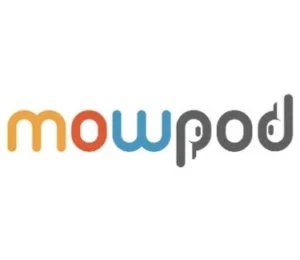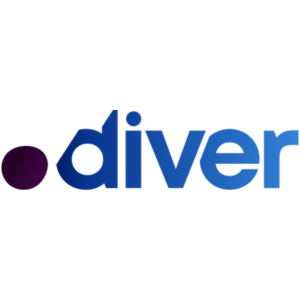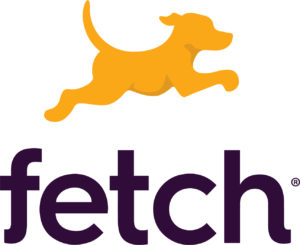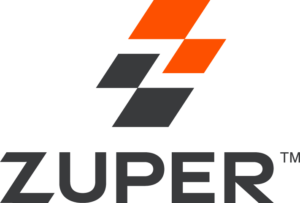The value of owning your community
Jacob Peters
Commsor
- Part 1 The value of owning your community
- Part 2Setting up a community for long term success — Jacob Peters // Commsor
- Part 3How to drive engagement & results from your community — Jacob Peters // Commsor
Show Notes
Quotes
-
“Every company looks at community a little bit differently. I think it’s important to have a little bit of historical context around the way that we define community. The old world of the community was the world of social media where it was more audience-based and one-to-many networks and platforms. What we are seeing now is essentially a shift to new many-to-many ways in which companies can create communities and interactions among customers, prospective customers, and things like that.” -Jacob“It used to be that your community was your Twitter handle. One-to-many transaction where people can write a brand and a brand is responding back to one person but it is publicly visible. There is also the idea of forms, your customer service, and maybe you’re getting some SEO value out of this. It seems like there are a couple of different mechanisms, one-to-one, one-to-many, and now many-to-many.” -Ben “The simplest example is, say you have a company and you have 500 followers. That is 500 unique connections. But as soon as you put 500 members into something like a meet-up chapter, Slack, or WhatsApp community, all of a sudden those 500 members can interact with each other in a seemingly infinite number of connections. So if you have a 500-member group that is actually 62,000 ways in which members can interact uniquely.” -Jacob“The reason for that is because it is very easy and low friction to amass a large number of followers or audience members. Whereas when it comes to many-to-many experience in a community, it is a little bit more high friction. You are asking just slightly more from your potential community members.” -Jacob“One of the big reasons why brands are creating one-to-many relationships is just presence. A core thing when it comes to a community-building audience is going to where your members are. It makes a lot of sense for them to go to the mediums that they are already engaging with.” -Jacob“One of the big benefits of many-to-many relationships is, as you add members there is an incremental benefit as each additional person joins. So if you have a thousand podcast listeners and thousand one subscribes to the podcast and starts listening to it, there is no other incremental benefit to the other thousand.” -Jacob“But if you have a thousand people in the community and another person joins, almost all of a sudden that person can interact with everybody else. There is exponentially more ways that people can start creating value for other members or consuming value for something that has already been created.” -Jacob“Anytime you have many-to-many relationships it opens up a lot of doors for you but it also creates, potentially, a lot of risks. One of the core things that a community can provide is the ability for members to create content as individuals and then have people interact with that content within a many-to-many setting.” -Jacob“For better or for worse, you can start to build momentum in the many-to-many reaction where the brand does not necessarily have to be the content creator.” -Ben“A risk to note when it comes to facilitating these many-to-many relationships is that if you didn’t do a good job of stoking the initial fire, engagement has a risk of plummeting.” -Jacob“It is important to understand the macro-backdrop that is happening within the world right now that is willing to arise in the need for communities and organizations like yours is in a perfect position to help facilitate communities.” -Jacob“One of the big shifts we are seeing in the world right now is the rise in loneliness. I think there are some statistics out there that a third of millennials or 29% of them don’t have anybody that they can call their best friend. There is a big need to come together.” -Jacob“The amount of friction has been reduced to interact with people. You can go online, interact with them, and have a million friends but there is no human interaction that is sitting in front of you which creates more of a need for real interaction, hence the need for community.” -Ben “The biggest value is a stronger bond or affinity for the content creator/producer itself. Imagine if you are able to put the biggest fans and advocates that just eat, sleep, and breathes MarTech all in one place. Now they have a chance not only to listen to your broadcast but also get to talk about that among other members, or jam about the MarTech industry or share knowledge with tips, tricks, best practices, find jobs. There is just so much more that they can do around their affiliation than they would if they werejust a casual listener.” -Jacob “There are different types of communities that brands or companies are creating. One of which is a community as an acquisition channel. What it allows you to do in that aspect is actually create a trusted relationship with a prospective customer and deliver them free value before there is any sales pitch involved. This is a completely different playbook than the traditional marketing funnel.” -JacobFor lots of brands, mostly B2B SaaS brands, the bigger items the question is not necessarily a desire to be a customer. It is very much influenced by the timing. You are only in-market once every three to five years. You can build a relationship in a community, keep them around and warm so when they are ready in-market, you already have access to them and a relationship.” -Ben “There are some companies like Shine or Headspace, both meditation apps that not only offering a product experience but also has a network of users that are using the product where you can share yourstatus updates with one another and basically have access to other like-minded people. So they are actually able to evoke an emotional response that goes beyond the product or functionality itself.” -Jacob“It’s funny how when you don’t sell to people, they want to buy from you more. One of the interesting things I’ve experienced creating content for the MarTech podcast is that we’ve had some inbound requests and while I’m not really doing consulting anymore, sometimes they ask for an opinion on a marketing challenge. When you are not selling and you just position yourself as an expert and have some authority, business just finds its way to your direction.” -Ben
- Part 1 The value of owning your community
- Part 2Setting up a community for long term success — Jacob Peters // Commsor
- Part 3How to drive engagement & results from your community — Jacob Peters // Commsor
Up Next:
-
Part 1The value of owning your community
Today we're going to discuss the value of building a community as a marketing channel. Joining us is Jacob Peters, a Co-Founder of Commsor, which is a community control center that places powerful analytics, automations, and engagement tools for world-class communities, focusing on B2B SAS brands. In part 1 of our conversation, we're going to discuss the value of owning your community.
-
Part 2Setting up a community for long term success — Jacob Peters // Commsor
Today we're going to discuss the value of building a community as a marketing channel. Joining us is Jacob Peters, a Co-Founder of Commsor, which is a community control center that places powerful analytics, automations, and engagement tools for world-class communities, focusing on B2B SAS brands. In part 2 of our conversation, we're going to discuss how to set up a community for long-term success.
Play Podcast -
Part 3How to drive engagement & results from your community — Jacob Peters // Commsor
Today we're going to discuss the value of building a community as a marketing channel. Joining us is Jacob Peters, a Co-Founder of Commsor, which is a community control center that places powerful analytics, automations, and engagement tools for world-class communities, focusing on B2B SAS brands. In part 3 of our conversation, we're going to discuss how to drive engagement and results from your community.
Play Podcast










